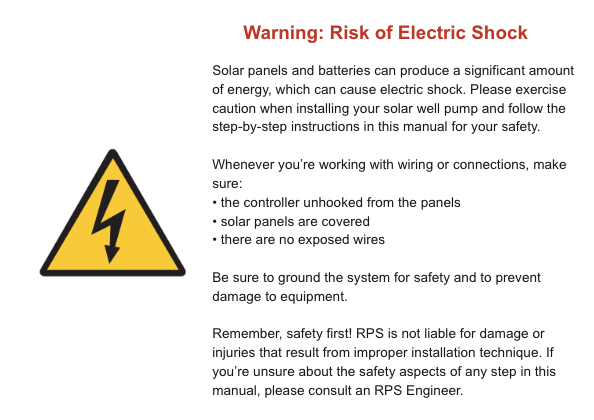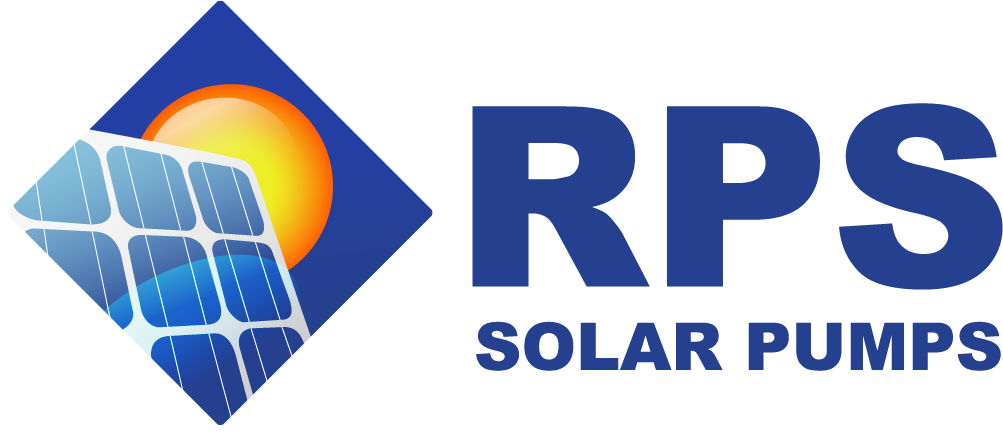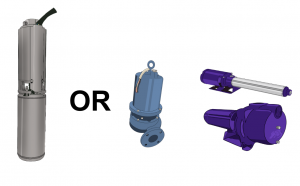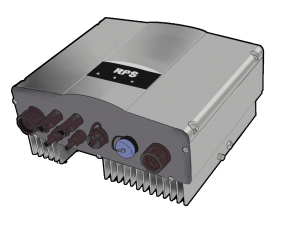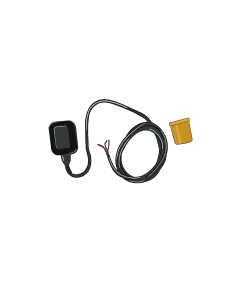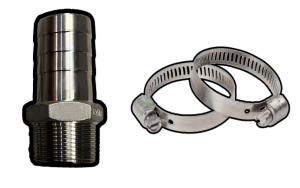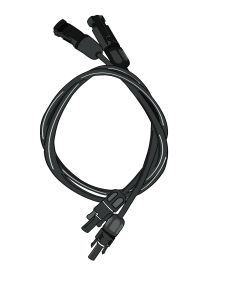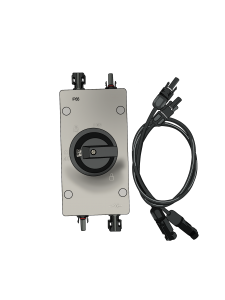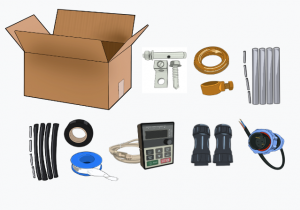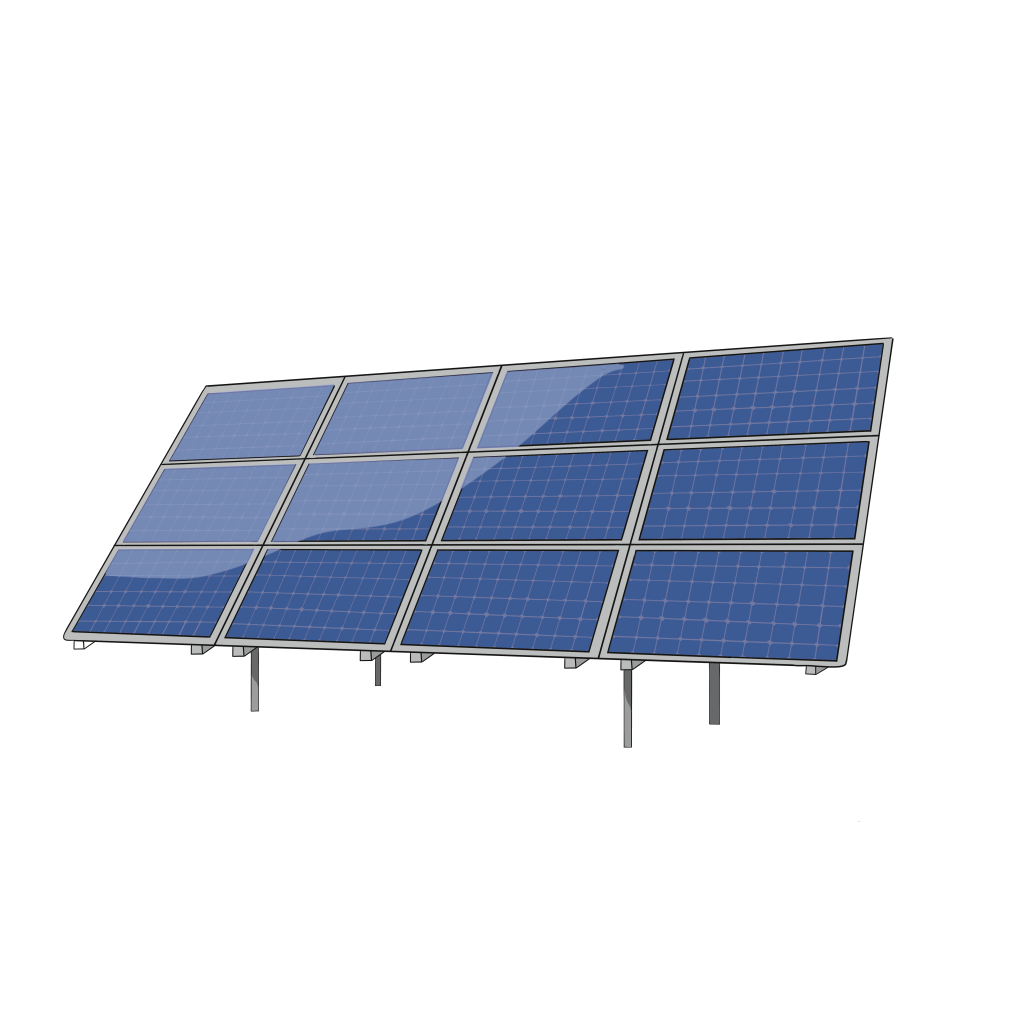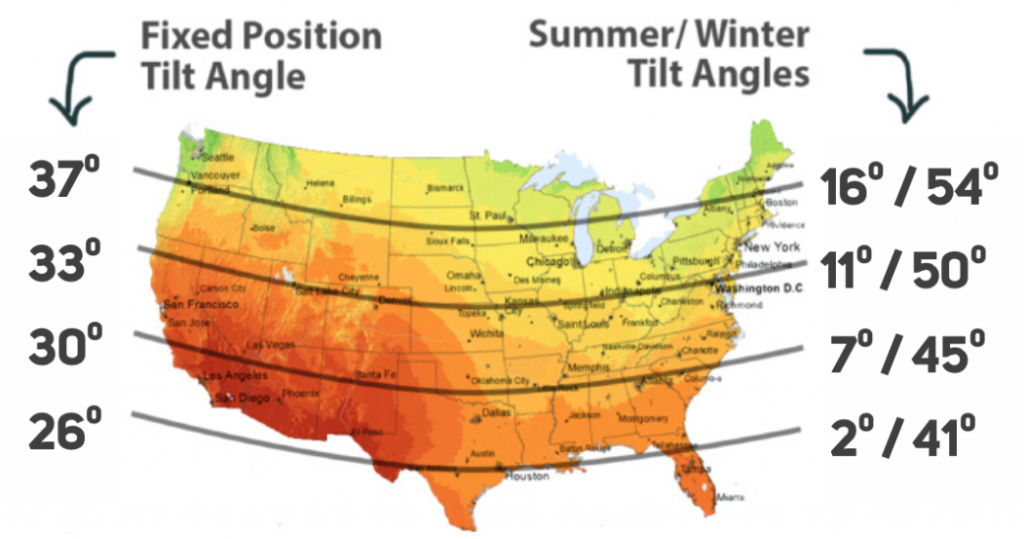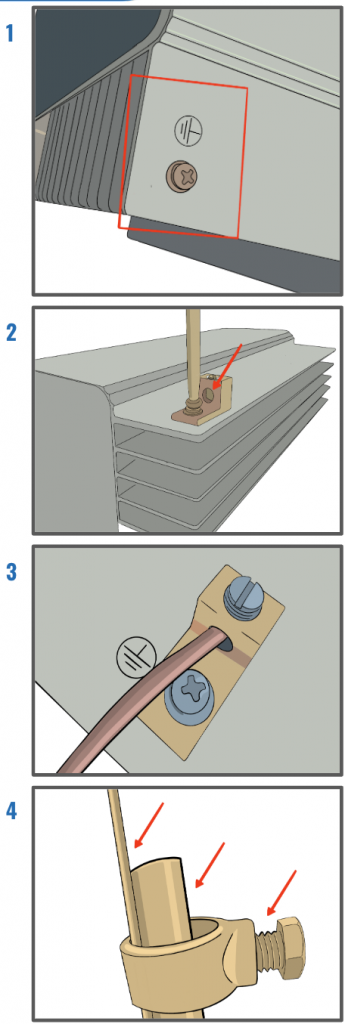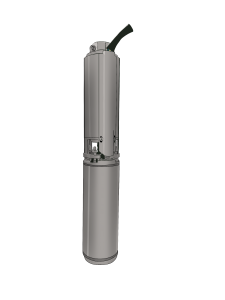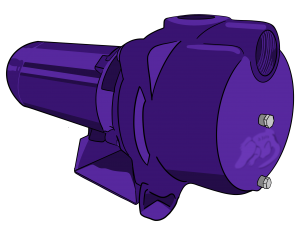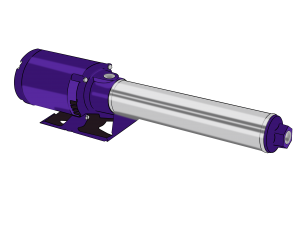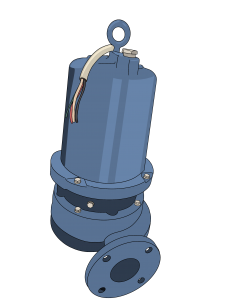RPS Systems are designed for a wide range of pump styles and sizes. Some components are universal (like the Controller, Mounting, AC Input Wiring, Pump Wiring, Sensor Wiring) and some plumbing and wiring will be specific to your pump and system size. Most of the information you need will be on this page, but you can also click to open more specifics/plumbing for the different models below.
If you’ve got your user manual you can find all the content listed below there too – or view the RPS Pro Series User Manual online here.
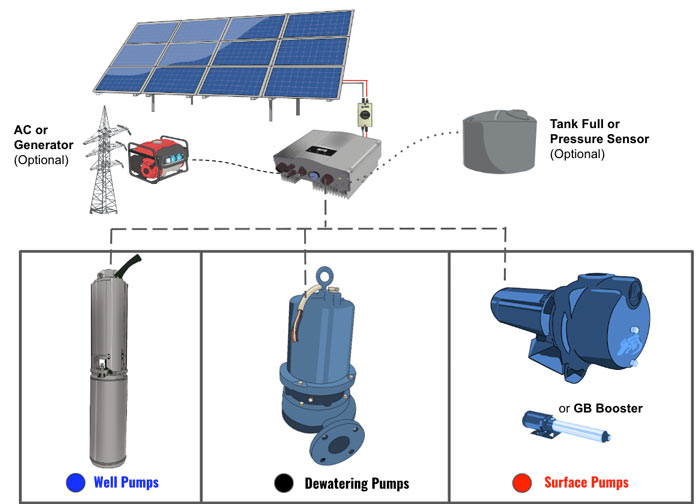
System grounding
Controller grounding is required for system safety and helps protect your system. It is very important that you ground your controller. To do this locate the grounding screw (as noted by the symbol in image 1) on the side of your controller’s heat sink. Take the grounding lug (located in your pro-series accessory bag) and secure it to your controller using the grounding screw.
Once the lug is secured to your controller loosen the crimping screw and insert your copper grounding wire, then tighten down the crimping screw.
A dedicated ground rod should be pounded into the ground as deep as possible to achieve a good ground.
Run your copper wire to a copper grounding rod,and then secure the bare copper wire using the bolt on the grounding clamp as shown in image 4.
